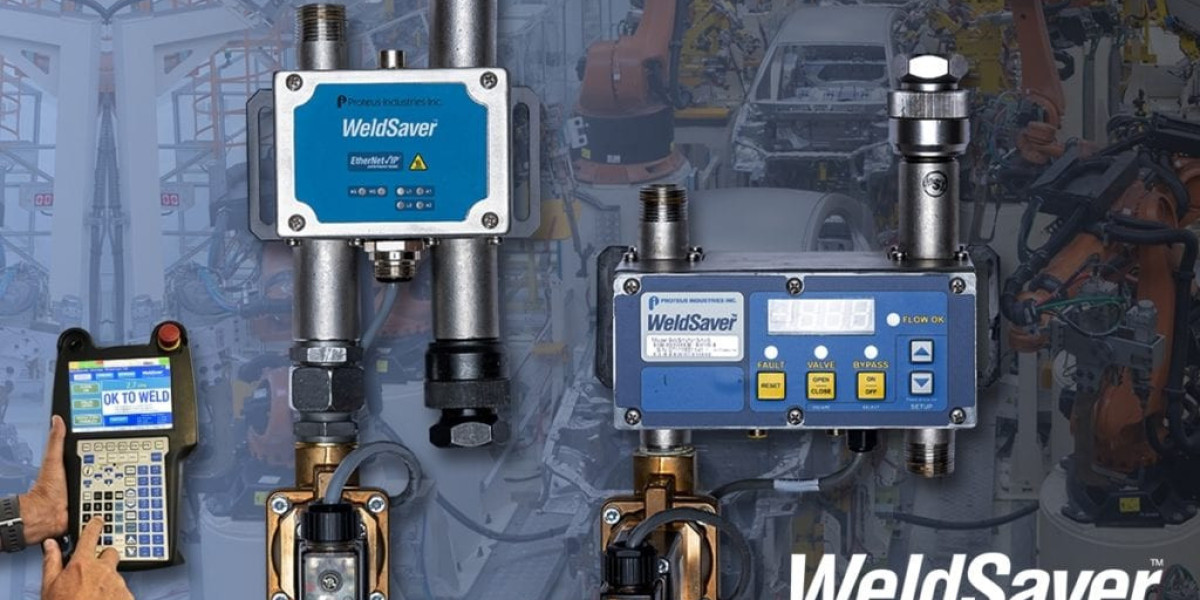In the field of welding, precise control and monitoring of welding parameters are crucial for achieving high-quality welds. Weld controllers play a vital role in this process by providing real-time monitoring, feedback, and control over various welding parameters. This article explores the significance of weld controllers in welding processes and how they contribute to improving weld quality and efficiency.
The Importance of Weld Controllers
Weld controllers are electronic devices that regulate and manage welding processes by controlling various parameters such as voltage, current, pulse duration, and wire feed speed. They serve as the brain of the welding system, ensuring that the welding conditions remain optimal throughout the process. By providing precise control, real-time monitoring, and feedback, weld controllers significantly influence the quality and efficiency of welds.
Real-Time Monitoring and Feedback
Weld controllers continuously monitor key welding parameters during the welding process. These parameters include voltage, current, arc length, wire feed speed, and travel speed. Real-time monitoring enables operators to detect any deviations from the desired parameters promptly. Weld controllers provide feedback through visual displays or indicators, allowing operators to make necessary adjustments and maintain optimal welding conditions.
Precise Control of Welding Parameters
One of the primary functions of weld controllers is to provide precise control over welding parameters. By regulating voltage, current, pulse duration, and wire feed speed, they ensure consistency and accuracy in the welding process. This control contributes to achieving uniform weld bead formation, controlling heat input, and minimizing the risk of defects such as porosity, undercutting, and lack of fusion.
Weld Quality Assurance
Weld controllers play a crucial role in ensuring weld quality and integrity. Here are some specific aspects to where they contribute:
- Arc Stability and Consistency
By maintaining stable arc characteristics, weld controllers help prevent arc fluctuations and instability. This stability is essential for producing uniform weld beads and preventing issues like spatter and erratic fusion.
- Heat Input Control
Accurate control of heat input is critical for achieving sound welds. Weld controllers regulate the energy transferred to the workpiece, ensuring consistent penetration and avoiding issues such as burn-through or insufficient fusion.
- Joint Penetration and Fusion
Proper joint penetration and fusion are vital for weld strength. Weld controllers enable precise control over welding parameters, allowing operators to achieve the desired level of penetration and ensure complete fusion between the base metals.
- Defect Detection and Prevention
Weld controllers monitor various welding parameters and detect potential defects in real time. By alerting operators to deviations or anomalies, they help prevent weld defects such as cracks, inclusions, and discontinuities.
Increased Efficiency and Productivity
With their ability to maintain optimal welding conditions, weld controllers contribute to increased efficiency and productivity. By reducing the need for manual adjustments and ensuring consistent parameters, they minimize downtime and enhance the overall welding process. This increased efficiency translates into higher productivity and improved throughput.
Integration with Automation Systems
Weld controllers, particularly programmable logic controllers (PLCs), can be seamlessly integrated into automated welding systems. This integration enables precise control, synchronization with other equipment, and the ability to program complex welding sequences. By combining weld controllers with robotic systems, manufacturers can achieve high levels of automation, repeatability, and efficiency in their welding operations.
Advancements in Weld Controllers
Technological advancements have led to the development of more sophisticated and intelligent weld controllers. Modern controllers often feature touchscreen interfaces, intuitive user controls, and connectivity options for data logging and analysis. Furthermore, some controllers incorporate machine learning algorithms to optimize welding parameters based on real-time data, leading to improved weld quality and process efficiency.
Conclusion
Weld controllers are indispensable tools in the field of welding. They provide real-time monitoring and precise control over welding parameters and contribute to weld quality assurance. With advancements in technology, weld controllers continue to evolve, offering enhanced features and integration capabilities. By incorporating weld controllers into welding processes, manufacturers can achieve consistent, high-quality welds, increased efficiency, and improved productivity.






